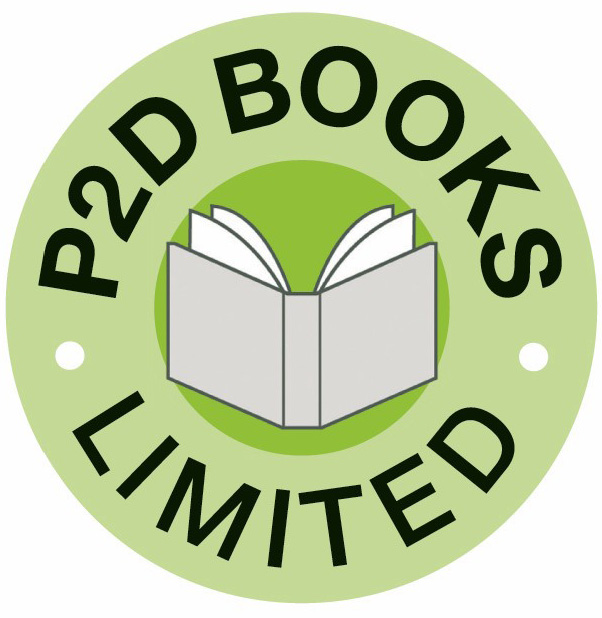Top Tips For Printing Books In 2024
Writing your own book is an ambition for many – and that dream is now much easier to realise through advances in print technology and affordability. Whereas, once you would need an established book publishing house or company, these advances in software have opened-up avenues to self-publish your works – you could utilise book publishing templates yourself or, alternatively, work with a dedicated online bespoke book printing company. Here are the things you need to consider when self-publishing and some tips as to how to get the best, professional printing of your book:
Print On Demand
POD (print on demand) has revolutionised the availability of book printing – this leap in digital technology enables smaller batches of print runs to be produced in a cost-effective manner. Previously, because of the initial set-up cost for lithographic printing, it would have been financially viable to only initiate large number print runs – this newer technology allows self-publishers to take advantage of better value printing.
Specialised Print Company
You should source an established online print company that offers bespoke book printing – they can advise you on all aspects of the preparation and print process for your project as well as recommending the best materials for your book. Many of these print companies can also provide soft and hardback book printing and the important bookbinding services.
Designer
Self-publishing is a big undertaking and whilst you may have created the content of your book, there are many other more technical aspects of the process that you may need help and guidance on – for example, many will not have the requisite skills to design an appropriate and eye-catching cover for your work, so it may be worth speaking with a graphic designer who can advise on the cover design, colour palettes, and the most effective typography for the book.
Book Size
It is possible to have your bookprinted in different sizes, so consider which would be the best fit for the style and content of your specific book. Standard book sizes lend themselves to mass storage and transportation, and for display on shelves in bookstores, libraries, and such – but you should also take into account the ‘genre’ of your book and how similar titles and content to your work are normally presented – these sizes may be preferred by your target audience who are typically attracted to these categories!
Design The Inside Pages
Whilst it may be tempting to get straight to the more ‘glamorous’ aspect of your book cover and how it will look when published, it is always wise to design the inside layout of your book first – the number of pages will dictate the width of the spine required for your book, so you need to establish the final page count you should typeset, and consider aspects such as which font to use, the type size, the margins, and widths, and the laying out of chapters and sections. Having prepared the inside pages, it is always a good idea to employ an editor or, at least, a competent third-party to read your work for spelling errors, incorrect phraseology, and to check page numbering, chapter titles and such.
Cover Options
Whilst the content of your book may be entirely your own creation, this doesn’t mean that you will automatically know how to design a cover that will best represent your work – the format of your cover will dictate the overall feel and appearance of your book, so perhaps take advice from your print company on this. Softback books are cheaper to print but can still look smart, stylish, and professional. Hardback books are more expensive to produce but can appeal to a different audience and retail at a higher unit price – sometimes the content category or genre will dictate which is the more suitable format for your book.
Paper Choices
Another consideration is the materials in which you want your book to be printed – paper stocks are available in different qualities and your choice will be dictated by cost and appearance, so ask your print company for samples and use their knowledge and experience when making your selection. Similarly, your bespoke book printing company can advise you on different styles and benefits of the spine options and choose the most appropriate for the size and style of your book.
Quantity and Cost
Away from the excitement of self-publishing your book are the other practical aspects – one of the most important being the number of copies of your book you want to print and the attached costs! The more copies you print the cheaper the individual unit price will be, so consider how many books you realistically expect to sell and work from that figure. Modern printing techniques allow further print runs to be easily organised if your book is an unexpected success! Your print company will happily supply you with a book printing quote on request.
Proof
An important point to remember – having established all these aspects of the book production – the content, style, appearance, and cover – ALWAYS request a proof of the final product before it goes to print! You don’t want an entire print run to be produced before you have discovered major spelling or layout errors – if the first proof contains errors, then correct them and ask for another! Only when you are satisfied with a final proof version should you authorise a print run.

